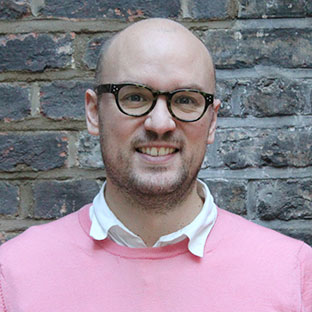If you know of a school whose commitment to the arts and cultural education has transformed outcomes for students, staff or the whole school, we want to hear from you.
Amidst reports of shrinking provision, declining teacher numbers and diminishing exam entries, some schools (and not only those that are able to rely on an independent income…) are bucking the trend to provide an expansive and rich provision in the arts. Like Feversham Primary, the Bradford school whose SATs turnaround has been attributed to six hours of music a week for all children. Or St Marylebone School, a London secondary school that puts its success down to the integration of the arts across the whole curriculum.
Schools where the arts are improving outcomes for children
As part of Learning About Culture, our programme of work investigating the benefits of arts and cultural education, the RSA is looking to speak to schools whose commitment to the arts drives their improvement. We want to visit some of those schools, to meet staff and students and find out whether what has worked for them might work for other schools. We want to know what motivates schools to put an arts and culture-rich offer at the heart of their mission, how they have overcome the challenges of delivering it and critically, how they are capturing and understanding the difference it makes to students.
Academic outcomes and beyond
Our research with the Education Endowment Foundation is investigating how arts and culture can support children’s academic achievement and the beliefs and behaviours that underpin it. This research – the biggest study of its kind to date – will give us rich information about how the arts work in education, but it won’t tell us the full story. When we surveyed schools earlier this year, they told us that the arts are valued for the contribution they make to a wide range of outcomes for children, many of which aren’t (directly) about achievement, but are about other aspects of education: cultural capital, connection to the community, emotional wellbeing.
We want to find out how schools plan their arts and cultural learning provision – in subject teaching, integrated throughout the taught curriculum or in addition to it – to deliver these benefits. And because we think it’s easy for some of these benefits to go unnoticed, we’re also interested in how schools (and their cultural learning partners) measure these benefits.
What defines an arts and culture-rich school?
Although many schools carry Artsmark accreditation, we aren’t restricting our search to those schools. We’re basing our working definition on one proposed in a recent study by researchers at the University of Nottingham (with the Tate and the Royal Shakespeare Company and funded by Arts Council England). They argue that an arts and culture-rich school is one where:
-
Arts and cultural education is integral to its identity
-
The school sees arts and cultural education as a crucial component of the compulsory curriculum
-
The school offers a wide range of arts subjects at all key stages [and we’d add ‘with specialist trained teachers in the lead’]
-
Arts are integrated into the school’s organisational and management structures (with middle or senior leaders in charge, good professional development opportunities, adequate resourcing)
-
The school ensures that all students can participate in cultural activities and arts learning (in the curriculum and in extra-curricular activities)
-
The school engages in arts and cultural learning more widely [beyond the school gates]
In addition to these criteria, we also believe that the arts have a special role to play in creating an education system that can help usher in the RSA’s key objective – a 21st Century Enlightenment. To that end, we’re looking for schools whose approach to arts and culture is helping them to achieve our four principles for enlightened education:
-
Inquisitive students: where their education in and through arts and culture fuel their desire for learning about the arts, about themselves and about the world
-
Reflective educators: who are committed to ongoing learning from their practice and from the evidence that can support it
-
Mission-oriented schools: where the arts and culture are integral to the shared purpose of everyone in the school
-
Supportive communities: who engage in arts and cultural activity that helps schools achieve the best for children and who benefit from that engagement.
This is our starting point, so, if you work in, attend or know of a school that sounds like it meets some or all of those criteria, please do let us know by filing in the questionnaire below (it should only take you a minute - promise!). If you feel like there’s something else not included in our criteria that makes your school arts-rich, we’d love to hear from you, too.
Arts Rich Schools Questionnaire
or email us at [email protected]

Be the first to write a comment
Comments
Please login to post a comment or reply
Don't have an account? Click here to register.